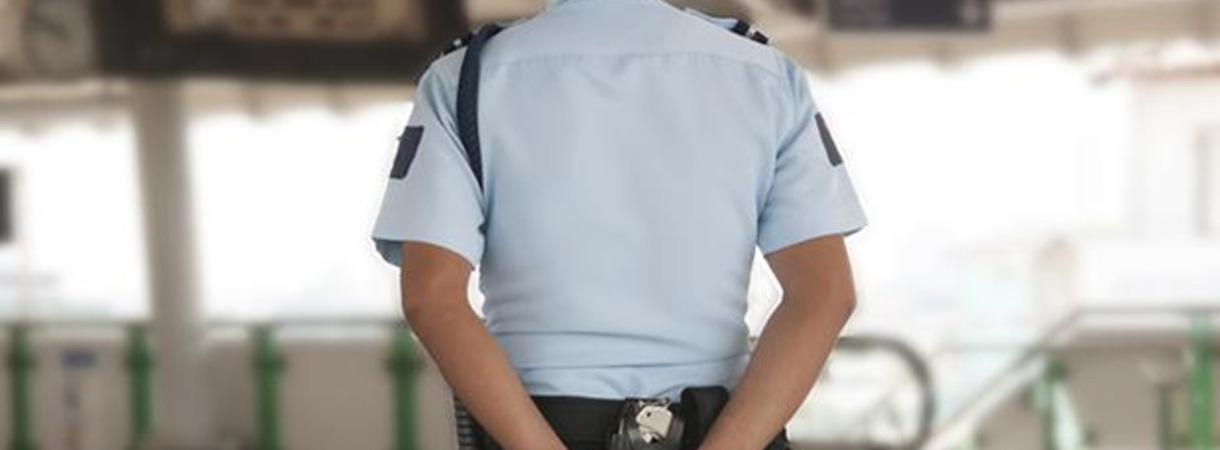Physical Security and its importance
Physical security is the protection of individuals, property, and physical assets from actions and events that would cause damage or loss. Businesses operating within the times continuously face security risks at every step. With ever changing technology these threats can loop in from anywhere, thus reaffirming our faith in implementing physical security and protecting our people and system from any criminal activities such as theft, property damages, and more.Though often overlooked in favor of cybersecurity, physical security is equally important. Before polishing off the physical security measures at your business place, it’s imperative to try and do a risk assessment to spot current hazards and risks in your security plan so determine how these are often eliminated. Having the proper set of tools in a situation can mitigate the possibility of future intrusions or loss and helps the smooth functioning of your business within the long term. Defining your requirements and objectives helps make sure you aren't oversold or undersold the safety service you wish.
The physical security framework is formed from three main components: access control, surveillance, and testing. The success of an organization's physical security program can often be attributed to how well each of those components is implemented, improved and maintained.
Access control
The key to maximizing one's physical security measures is to limit and control what people have access to sites, facilities, and materials. Access control encompasses the measures taken to limit exposure of certain assets to authorized personnel only. Samples of these corporate barriers often include ID badges, keypads and security guards. However, these obstacles can vary greatly in terms of method, approach, and value. The building is commonly the primary line of defense for many physical security systems. Items like fences, gates, walls and doors all act as physical deterrents to criminal entry. Additional locks, wire, visible security measures and signs all reduce the number of casual attempts dispensed by cybercriminals. More sophisticated access controls involve a technology-supported approach. ID card scanners and near-field communication (NFC) ID cards are methods of physical authentication that security teams can use to verify the identities of people entering and exiting various facilities. Some Swedish companies have recently experimented with embedding NFC microchips below the skin of their employees -- making it extremely difficult to forge or replicate their credentials. Invasive devices like this, however, are much less popular among labor unions, given the degree of physical pain and bodily concern. Using tactically placed obstacles, organizations can make it tougher for attackers to access valuable assets and data. Similarly, these barriers increase the time it takes for threat actors to successfully perform acts of thievery, vandalism or terrorism. The more obstacles that are in situ, the longer organizations must answer physical security threats and contain them. But criminals aren't the sole threat that access controls can minimize. Barriers like walls and fences may also be wont to harden buildings against environmental disasters, like earthquakes, mudslides, and floods. These risks are extremely location dependent. Organizations that divert resources toward such hardening measures should balance the price and advantage of their implementation before investment.
Surveillance
This is one in all the foremost important physical security components for both prevention and post-incident recovery. Surveillance, during this case, refers to the technology, personnel and resources that organizations use to observe the activity of various real-world locations and facilities. These examples can include patrol guards, heat sensors, notification systems, virtual guard tour, and video analytics alerts. The most common kind of surveillance is electrical circuit television (CCTV) cameras that record the activity of a mixture of areas. The good thing about these surveillance cameras is that they're as valuable in capturing criminal behavior as they're in preventing it. Threat actors who see a CCTV camera are less inclined to interrupt or vandalize a building out of fear of getting their identity recorded. Similarly, if a specific asset or piece of apparatus is stolen, surveillance can provide the visual evidence one must identify the culprit and their tactics.
Testing
Physical security may be a preventative measure and incident response tool. Disaster recovery (DR) plans, as an example, center on the standard of one's physical security protocols -- how well a corporation identifies, responds to and contains a threat. The sole thanks to make sure that such DR policies and procedures are effective when the time comes is to implement active testing. Testing is increasingly important, especially when it involves the unity of a corporation. Fire drills are a necessary activity for commercial and non-commercial buildings because they assist to coordinate large groups, similarly as their method of response. These policy tests should be conducted daily to practice role assignments and responsibilities and minimize the likelihood of mistakes.
Importance of physical security
As businesses become more smitten by the web of things (IoT), so does the requirement for digital and physical security. IoT demands a big amount of physical security to safeguard data, servers and networks. The rising interconnectedness of IoT has expanded the sphere of physical security. Virtual machines (VMs) and applications that run within the cloud, as an example, are only as protected as their physical servers. Whether organizations invest in first-party or third-party cloud computing services, these data centers must be sufficiently protected using physical security measures to avoid severe data losses.
Technical Controls
The main focus of technical controls is access control because it's one in all the foremost compromised areas of security. Smart cards are a technical control which will allow physical access into a building or secured room and securely log in to company networks and computers. Multiple layers of defense are needed for overlap to guard from attackers gaining direct access to company resources. Intrusion detection systems are technical controls that are essential because they detect an intrusion. Detection may be a must because it notifies the safety event. Awareness of the event allows the organization to retort and contain the incident.

